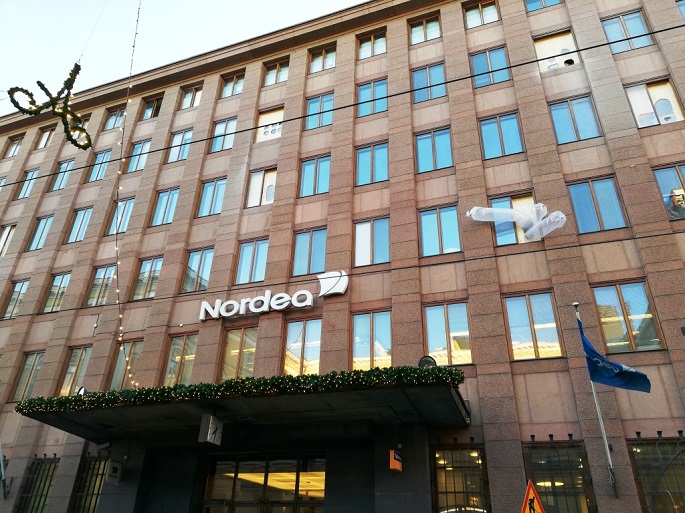Nordea forecasts solid economic growth
Published : 25 Jan 2018, 01:47
Updated : 25 Jan 2018, 10:01
The synchronous recovery of the global economy remains strong at the beginning of 2018, said Nordea Bank Group Chief Economist Helge J. Pedersen.
Many countries are now struggling with skilled labour shortage, while signs of building wage pressures are emerging, especially in the central and eastern European countries. This could spread to other European countries, including Denmark, Norway and Sweden, at a more mature stage of the economic cycle.
After nearly 10 years of weak development, strong growth finally started in Finland in 2017. Strong confidence and a robust global environment are expected to support the economy in the coming years. Labour market strengthening is assumed to boost consumption, and favourable financial conditions should support an investment growth. The price competitiveness of Finnish goods and services has improved recently and we expect net trade to contribute positively to growth, said Pedersen.
According to Pedersen, Swedish GDP grew above the potential growth in 2017. Domestic demand continues to rise in the coming years supported by an expansionary fiscal policy. The slowdown in the housing market is having an impact. Recent years’ contribution to growth from housing investments will shift to a drag, but the international environment provides a helping hand through rising exports. Demand for labour remains high, but the large influx of labour will make unemployment fall only gradually. A repo rate hike from the current -0.50% is a long way off, as inflation is not sufficiently high for such a move.
He said, the economic recovery in Norway is firming, with broadly based growth in both production and employment. Even the oil-related industries now show signs of growth and plans for increased oil investment going forward means growth will pick up. The effects of the expansionary economic policy are fading, but self-sustaining mechanisms will take over. Housing prices, however, look set to drop a bit further, although not enough to threaten the recovery. “We look for the first rate hike towards end-2018, but the tightening of monetary policy will be very gradual.”
According to the Nordea chief economist, the Danish economy is enjoying a solid upswing. Businesses benefit from growing global activity, while consumers’ purchasing power has increased due to a pick-up in employment, low interest rates and positive real wage trends. For the first time in 10 years, the economy is running at full capacity. The good times are likely to continue in coming years, although as the competition for economic resources intensifies, it will become increasingly difficult to maintain the growth rates at this level.


